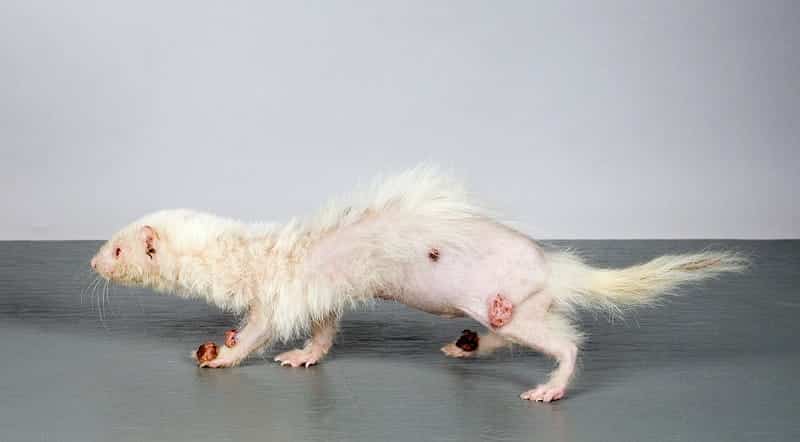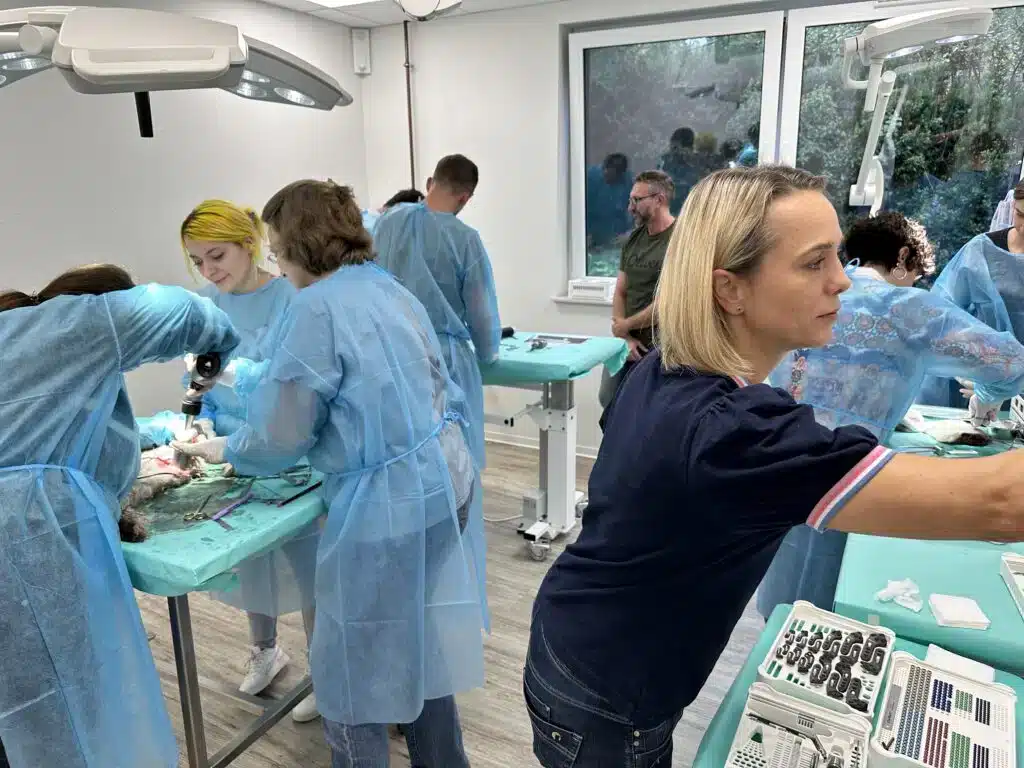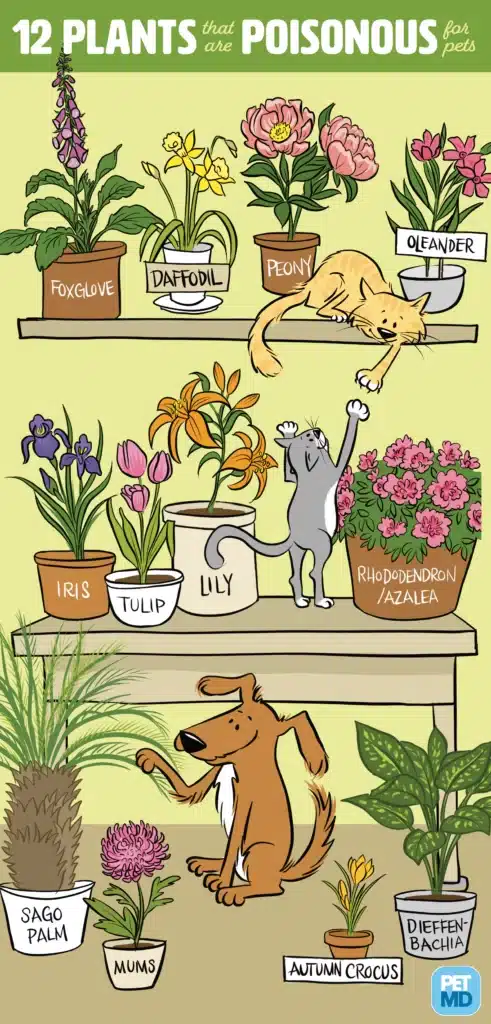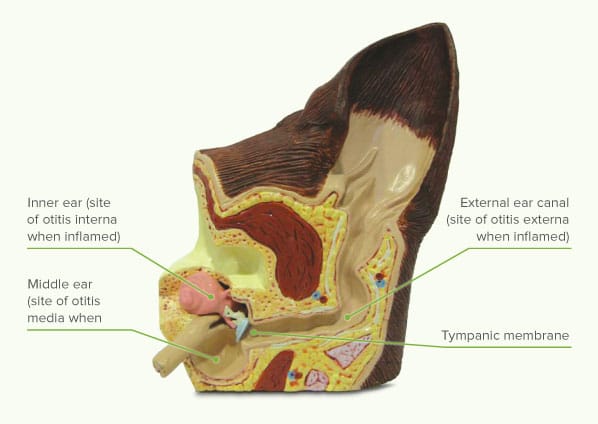Spring Preparations for Pet Owners
Spring is a time of departure and renewal, not only for us humans, but also for our beloved pets. The days are getting longer, nature is awakening to new life, and the rising temperatures invite you to take long walks and adventures outdoors. But with the changing seasons come specific challenges and responsibilities for pet owners. In this guide you will find valuable tips and advice on how you can optimally prepare your four-legged friend for spring and enjoy a carefree time together.










